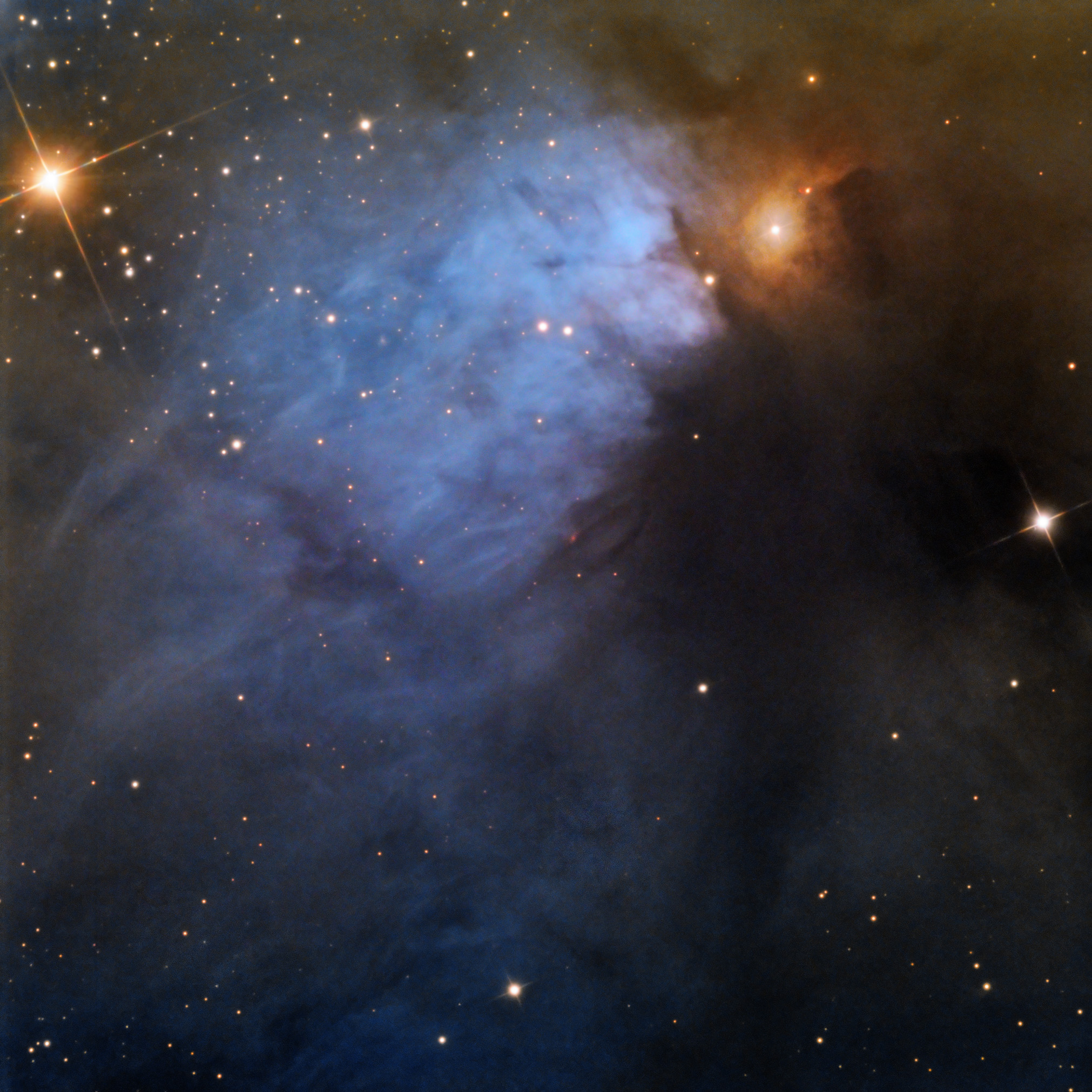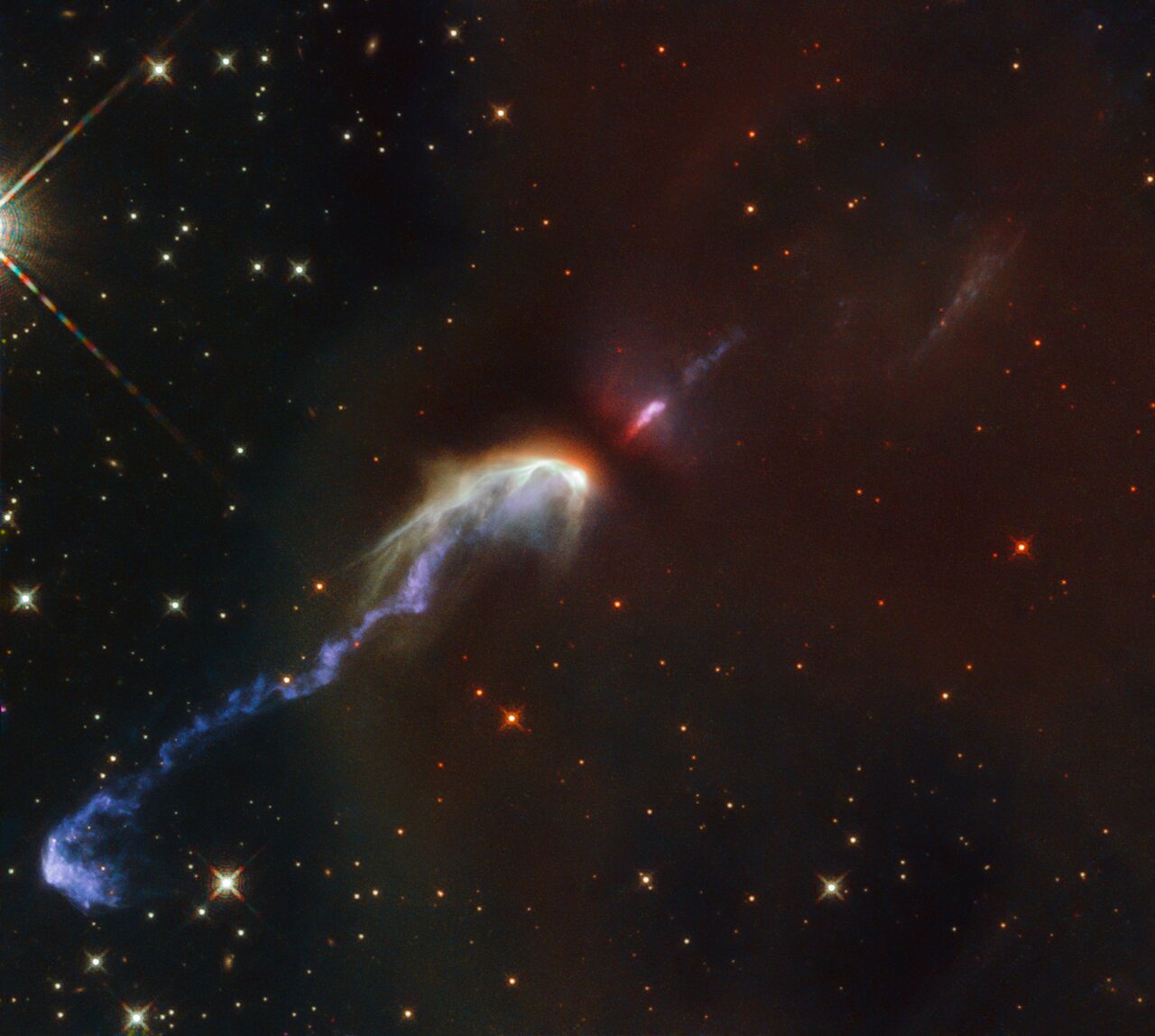Blog
Louis “Kid Shots” Madison (19 February 1899, New Orleans – September 1948, New Orleans) was an American jazz cornetist. Madison was born in New Orleans on 19 February 1899. He studied cornet under David Jones, Louis Dumaine, and Joe Howard. In 1915, he was the drummer in the Colored Waif’s Home band with Louis Armstrong. In 1923, he played second cornet with the Tuxedo Brass Band. During the 1930s, he played with the WPA brass band. In the 1940s, he played with the New Orleans Eureka Brass Band.
In January 1948, Madison suffered from a stroke and died eight months later.
more...Alegrías ([aleˈɣɾi.as]) is a flamenco palo or musical form, which has a rhythm consisting of 12 beats. It is similar to Soleares. Its beat emphasis is as follows: 1 2 [3] 4 5 [6] 7 [8]9 [10] 11 [12]. Alegrías originated in Cádiz. Alegrías belongs to the group of palos called Cantiñas and it is usually played in a lively rhythm (120-170 beats per minute). The livelier speeds are chosen for dancing, while quieter rhythms are preferred for the song alone. One of the structurally strictest forms of flamenco, a traditional dance in alegrías must contain each of the following sections: a salida (entrance), paseo (walkaround), silencio (similar to an adagio in ballet), castellana (upbeat section) zapateado (Literally “a tap of the foot”) and bulerías. This structure though, is not followed when alegrías are sung as a standalone song (with no dancing). In that case, the stanzas are combined freely, sometimes together with other types of cantiñas.
more...https://www.youtube.com/watch?v=0zSWqJGTa-I
more...Bobby Taylor, American singer & producer who discovered “The Jackson 5” (Motown Records), born in Washington, D.C. (birth year contested-1939) (d. 2017)
more...This little blue nebula is so inconspicuous, it is often overlooked in favor of bigger and brighter nebulae. Found among a rich field of nebulae within the constellation of Taurus, it’s extremely rare to see it isolated—let alone in such gloriously high-resolution.
Called Cederblad 30 (otherwise known as LBN 782, with LBN standing for Lynds Bright Nebula), this small fan-shaped region is classified as a reflection nebula, and given the dark underpinning of its surrounding—it’s like a glimmer of light in a smoky, black pit (it really, really is). Running around and through Cederblad 30 are numerous dark nebulae, which aren’t clear in this particular image.
I wasn’t able to find too much information about this one either (which seems to be happening a lot these days), but I did stumble upon something that talked about Cederblad 30 often being mistaken for IC 359, and the mix-up goes all the way back to the days in which Edwin Hubble was compiling his deep sky catalog.

Irma Thomas (born February 18, 1941) is an American singer from New Orleans. She is known as the “Soul Queen of New Orleans”.
Thomas is a contemporary of Aretha Franklin and Etta James, but never experienced their level of commercial success. In 2007, she won the Grammy Award for Best Contemporary Blues Album for After the Rain, her first Grammy in a career spanning over 50 years.
Born Irma Lee, in Ponchatoula, Louisiana, United States, as a teenager she sang with a Baptist church choir. She auditioned for Specialty Recordsat the age of 13. By the time she was 19, she had been married twice and had four children. Keeping her second ex-husband’s surname, she worked as a waitress in New Orleans, occasionally singing with bandleader Tommy Ridgley, who helped her land a record deal with the local Ron label. Her first single, “Don’t Mess with My Man”, was released in late 1959, and reached number 22 on the US Billboard R&B chart.
She then began recording on the Minit label, working with songwriter and producer Allen Toussaint on songs including “It’s Raining” and “Ruler of My Heart”, which was later reinterpreted by Otis Redding as “Pain in My Heart”. Imperial Records acquired Minit in 1963, and a string of successful releases followed. These included “Wish Someone Would Care”, her biggest national hit; its B-side “Breakaway“, written by Jackie DeShannon and Sharon Sheely (later covered by Tracey Ullman, among others).
more...Buddy Cage (February 18, 1946 – February 5, 2020) was an American[2] pedal steel guitarist, best known as a longtime member of the New Riders of the Purple Sage. Popular both as a performer and session musician, he played with many bands and recording artists, including Anne Murray, Bob Dylan, Brewer & Shipley, David Bromberg, and the Zen Tricksters.
Buddy Cage learned to play pedal steel guitar at a young age. By the mid-1960s he was working as a professional musician, both onstage and as a session player for the Arc Records label.When the folk music duo of Ian and Sylvia decided to go electric in 1969, he joined their band, known as the Great Speckled Bird. Great Speckled Bird was part of the Festival Express concert tour in 1970. From 1969 to 1972, Cage also recorded four albums with Anne Murray, and one album with Brewer & Shipley.
It was on the Festival Express tour that the New Riders of the Purple Sage became acquainted with Cage. The New Riders were a psychedelic influenced country rock band that had been founded by Jerry Garcia of the Grateful Dead, along with John Dawson and David Nelson. The New Riders and the Dead would perform concerts together, with Garcia playing pedal steel for the New Riders, then playing electric guitar and singing with the Dead.
more...De De Pierce (February 18, 1904 – November 23, 1973) was an American jazz trumpeter and cornetist. He is best remembered for the songs “Peanut Vendor” and “Dippermouth Blues”, both with Billie Pierce.
Pierce was born Joseph De Lacroix Pierce in New Orleans, Louisiana, United States. Pierce’s first gig was with Arnold Dupas in New Orleans in 1924. During his time playing in city nightclubs, he met Billie Pierce, who became his wife as well as a musical companion; the two were the house band at the Luthjens Dance Hall from the 1930s through the 1950s. They released several albums together but stopped performing in the middle of the 1950s due to illness, which left De De Pierce blind. By 1959 they had returned to performing, and De De Pierce toured with Ida Cox and played with the Preservation Hall Jazz Band, before further health problems ended his career. He died in November 1973, at the age of 69.
more...Pictured here is the captivating galaxy NGC 2525. Located nearly 70 million light-years from Earth, this galaxy is part of the constellation of Puppis in the southern hemisphere. Together with the Carina and the Vela constellations, it makes up an image of the Argo from ancient greek mythology. Another kind of monster, a supermassive black hole, lurks at the centre of NGC 2525. Nearly every galaxy contains a supermassive black hole, which can range in mass from hundreds of thousands to billions of times the mass of the Sun. Hubble has captured a series of images of NGC2525 as part of one of its major investigations; measuring the expansion rate of the Universe, which can help answer fundamental questions about our Universe’s very nature. ESA/Hubble has now published a unique time-lapse of this galaxy and it’s fading supernova.

Jeremy Webster “Fred” Frith (born 17 February 1949) is an English multi-instrumentalist, composer, and improvisor.
Probably best known for his guitar work, Frith first came to attention as one of the founding members of the English avant-rock group Henry Cow. He was also a member of the groups Art Bears, Massacre, and Skeleton Crew. He has collaborated with a number of prominent musicians, including Robert Wyatt, Derek Bailey, the Residents, Lol Coxhill, John Zorn, Brian Eno, Mike Patton, Lars Hollmer, Bill Laswell, Iva Bittová, Jad Fair, Kramer, the ARTE Quartett, and Bob Ostertag. He has also composed several long works, including Traffic Continues (1996, performed 1998 by Frith and Ensemble Modern) and Freedom in Fragments (1993, performed 1999 by Rova Saxophone Quartet). Frith produces most of his own music, and has also produced many albums by other musicians, including Curlew, the Muffins, Etron Fou Leloublan, and Orthotonics.
He is the subject of Nicolas Humbert and Werner Penzel’s award-winning 1990 documentary Step Across the Border. Frith also appears in the Canadian documentary Act of God, which is about the metaphysical effects of being struck by lightning. He has contributed to a number of music publications, including New Musical Express and Trouser Press, and has conducted improvising workshops across the world. His career spans over four decades and he appears on over 400 albums, and he still performs actively throughout the world.
Frith was awarded the 2008 Demetrio Stratos Prize for his career achievements in experimental music. The prize was established in 2005 in honour of experimental vocalist Demetrio Stratos, of the Italian group Area, who died in 1979. In 2010 Frith received an honorary doctorate from the University of Huddersfield in West Yorkshire, England, in recognition of his contribution to music. Frith was Professor of Composition in the Music Department at Mills College in Oakland, California, until his retirement in 2018. He is the brother of Simon Frith, a music critic and sociologist, and Chris Frith, a psychologist at University College London.
more...Thomas Jefferson Edwards (October 15, 1922 – October 23, 1969) was an American singer and songwriter. His most successful record was the multi-million-selling song “It’s All in the Game“.
Born in Richmond, Virginia, Edwards was an R&B singer most remembered for his 1958 hit “It’s All in the Game“, which appeared in the list of Billboard number-one singles of 1958. He sang his hit song on The Ed Sullivan Show, on September 14, 1958. The song was composed by then-future U.S. Vice-President Charles G. Dawes in 1911 as “Melody in A Major” with lyrics written in 1951 by Carl Sigman. Edwards originally recorded and charted the song in 1951, but it only climbed to no. 18. The better-known 1958 version was on the same record label (MGM) and was backed by the same orchestra leader (Leroy Holmes), but with a different arrangement more suited to the rock and roll-influenced style of the time. As well as topping the U.S. Billboard Hot 100, the song also got to number one on the R&B chart and the UK Singles Chart. The single sold over 3.5 million copies globally, earning gold disc status. The gold disc was presented in November 1958. His second biggest hit was his 1959 re-recording of “Please, Mr. Sun” (written by Ramon Martin Getzov and Sid Frank), which reached #11. Also, “Love Is All We Need”, which reached #15 on the U.S. Billboard Hot 100.
more...Boniface Ferdinand Leonard “Buddy” DeFranco (February 17, 1923 – December 24, 2014) was an Italian-American jazz clarinetist. In addition to his work as a bandleader, DeFranco led the Glenn Miller Orchestra for almost a decade in the 1960s and ’70s.
Born in Camden, New Jersey, DeFranco was raised in South Philadelphia. He was playing the clarinet by the time he was 9 years old and within five years had won a national Tommy Dorsey swing contest.
He began his professional career just as swing music and big bands—many of which were led by clarinetists like Artie Shaw, and Benny Goodman—were in decline. While most jazz clarinet players did not adapt to this change, DeFranco successfully continued to play clarinet exclusively, and was one of the few bebop clarinetists.
In 1950, DeFranco spent a year with Count Basie‘s Septet. He then led a small combo in the early 1950s which included pianist Sonny Clark and guitarist Tal Farlow. In this period, DeFranco recorded for MGM, Norgran and Verve; the latter two labels were owned by Norman Granz.
During the years 1960-64, DeFranco released four innovative quartet albums as co-leader with the accordionist Tommy Gumina.
He was bandleader of the Glenn Miller Orchestra from 1966 to 1974, under the name, “The World Famous Glenn Miller Orchestra, Directed By Buddy DeFranco”. He also performed with Gene Krupa, Art Blakey, Tommy Dorsey, Count Basie, Charlie Barnet, Art Tatum, Oscar Peterson, Lennie Tristano, Dodo Marmarosa, Terry Gibbs, Charlie Parker, Dizzy Gillespie, Miles Davis, Eddie Daniels, Putte Wickman, Billie Holiday and many others, and released dozens of albums as a leader.
more...Herbig-Haro objects are some of the rarer sights in the night sky, taking the form of thin spindly jets of matter floating amongst the surrounding gas and stars. The two Herbig-Haro objects catalogued as HH46 and HH47, seen in this image taken with the NASA/ESA Hubble Space Telescope, were spotted in the constellation of Vela (The Sails), at a distance of over 1400 light-years from Earth. Prior to its discovery in 1977 by the American astronomer R. D. Schwartz, the exact mechanism by which these multi-coloured objects formed was unknown. Before 1997 it was theorised by Schwartz and others that the objects could be a type of reflection nebula, or a type of shock wave formed from the gas emitted from a star interacting with the surrounding matter. The mystery was finally solved when a protostar, unseen in this image, was discovered at the centre of the long jets of matter. The outflows of matter, some 10 light-years across, were ejected from the newly born star and violently propelled outwards at speeds of over 150 kilometres per second. Upon reaching the surrounding gas, the collision created the bright shock waves seen here.

Otis Blackwell (February 16, 1931 – May 6, 2002) was an American songwriter, singer, and pianist, whose work influenced rock and roll. His compositions include “Fever“, recorded by Little Willie John; “Great Balls of Fire” and “Breathless“, recorded by Jerry Lee Lewis; “Don’t Be Cruel“, “All Shook Up” and “Return to Sender” (with Winfield Scott), recorded by Elvis Presley; and “Handy Man“, recorded by Jimmy Jones.
Blackwell was born in Brooklyn, New York. He learned to play the piano as a child and grew up listening to both R&B and country music. His first success was winning a local talent contest (“Amateur Night”) at the Apollo Theater, in Harlem, in 1952. This led to a recording contract with RCA and then with Jay-Dee. His first release was his own composition “Daddy Rolling Stone“, which became a favorite in Jamaica, where it was recorded by Derek Martin. The song later became part of the Who‘s mod repertoire.Enjoying some early recording and performing success, he found his first love was songwriting and by 1955 had settled into the groove that he would ride for decades. His first successes as a songwriter came in 1956, when Little Willie John‘s R&B hit with the sultry “Fever” was an even bigger pop success for Peggy Lee, and “Don’t Be Cruel” began a highly profitable association with Elvis Presley.
more...More Posts
- Nikhil Banerjee
- Robert Parker
- World Music Carlos Nakai
- Daily Roots Burning Spear
- Cosmos Caldwell 49
- Nusrat Fateh Ali Khan
- Paul Simon
- Pharoah Sanders
- Ray Brown
- Lee Konitz
- Art Tatum
- World Music July Vitraniuk
- Daily Roots The Congos
- Happy Yom Kippur 2024
- Mount Zion Yom Kippur Service
- Cosmos W63 (SNR G082.2+05.3)
- James “Sugar Boy” Crawford
- Nappy Brown
- Guitar Gabriel
- Harmonica Frank